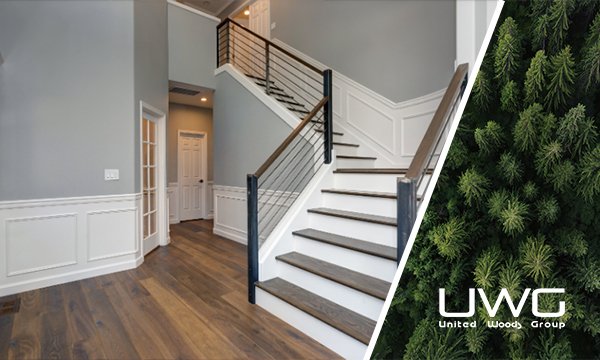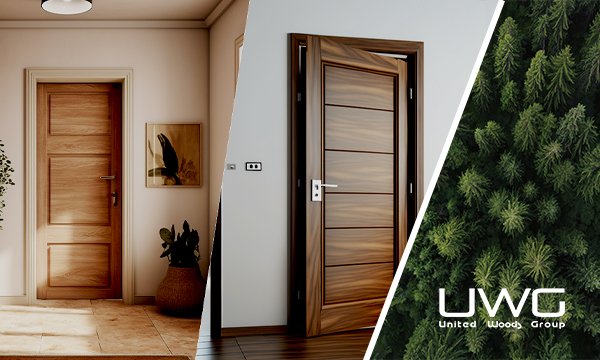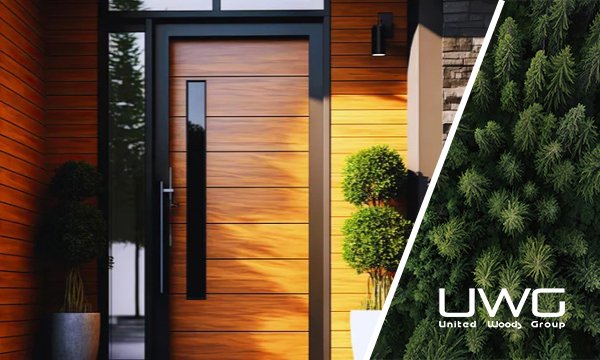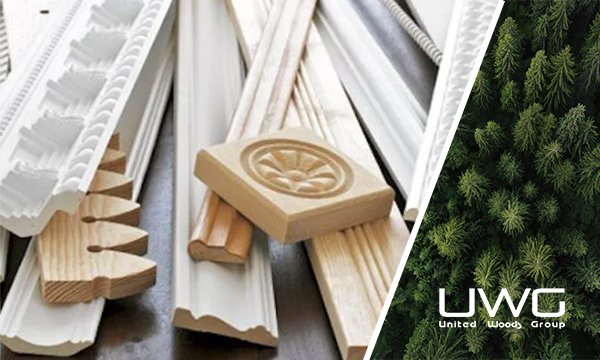MDF (Medium Density Fiberboard) has become a popular material choice in the cabinetry industry, especially for cabinet doors. But is it the right choice for your projects? This guide delves into the pros and cons of using MDF for cabinet doors, providing builders and wholesalers with the information they need to make informed decisions.
Yes, MDF can be used for cabinet doors, offering a cost-effective, smooth, and easily customizable option. It is resistant to warping and cracking, making it durable for many applications. However, MDF is not as strong as solid wood and may not hold up as well under heavy use or in high-moisture environments.
What is MDF and How is it Made?
MDF is an engineered wood product made by breaking down hardwood or softwood residuals into wood fibers, combining them with wax and resin, and forming panels by applying high temperature and pressure. The result is a dense, uniform board that is smoother than plywood and easier to work with compared to solid wood.
MDF’s uniformity and smoothness make it an ideal substrate for painting, which is why it is widely used in cabinet doors, especially in modern and contemporary designs. The lack of grain makes it easy to create a smooth, even finish, which is difficult to achieve with solid wood.

Advantages of Using MDF for Cabinet Doors
Cost-Effectiveness
One of the primary reasons MDF is so popular in cabinetry is its cost-effectiveness. MDF is generally less expensive than solid wood, making it an attractive option for budget-conscious projects. This lower cost does not significantly compromise quality, especially when the MDF is properly finished and installed.
Smooth Surface
The smooth surface of MDF is one of its most significant advantages, particularly for painted finishes. Unlike solid wood, which has a natural grain that can show through paint, MDF provides a flawless base that is ideal for creating sleek, modern looks. This smoothness also allows for more intricate designs to be carved into the MDF without worrying about inconsistencies or irregularities in the wood.
Resistance to Warping and Cracking
One of the common issues with solid wood is its tendency to warp or crack when exposed to changes in humidity and temperature. MDF, on the other hand, is much more stable because it is a composite material that does not have a grain direction. This resistance to warping and cracking makes MDF an excellent choice for environments where temperature and humidity fluctuate, such as kitchens and bathrooms.

Disadvantages of Using MDF for Cabinet Doors
Lower Strength Compared to Solid Wood
While MDF has many advantages, it does have some drawbacks, particularly in terms of strength. MDF is not as strong as solid wood, and it can dent or chip more easily under heavy use. This means that in high-traffic areas or places where cabinets are frequently opened and closed, MDF might not hold up as well as solid wood.
Heavier Weight
MDF is denser and heavier than most types of wood, which can place more strain on hinges and make installation more challenging. The added weight means that cabinets made from MDF require sturdy hinges and additional support to prevent sagging over time. This can increase the complexity and cost of installation.
Susceptibility to Moisture Damage
One of the most significant disadvantages of MDF is its susceptibility to moisture. MDF absorbs water more quickly than wood, which can cause it to swell and lose its structural integrity. This makes MDF less suitable for areas with high humidity or where it might be exposed to water, such as near sinks or in bathrooms, unless it is properly sealed and finished.
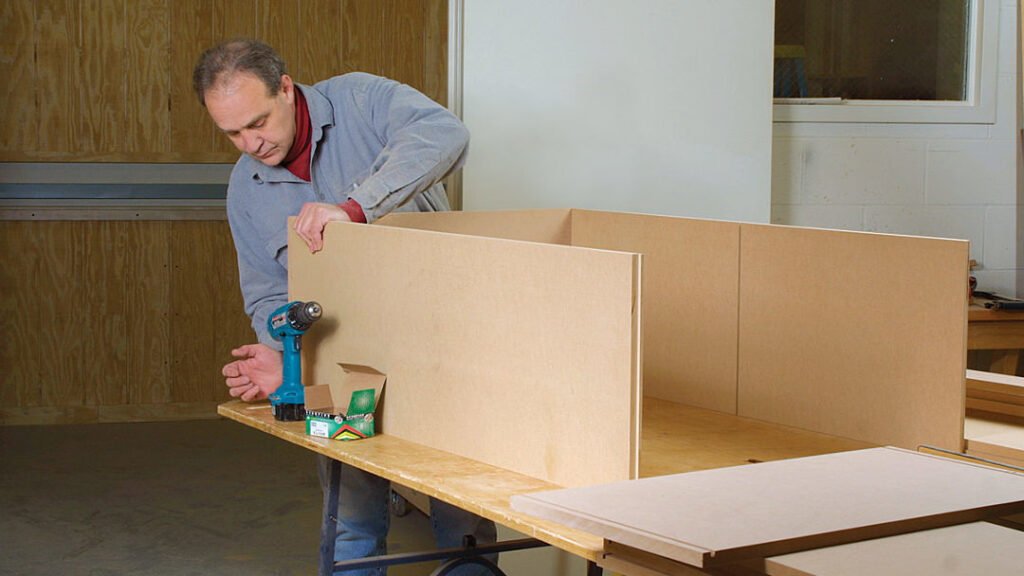
Applications Where MDF is Ideal
MDF is an excellent choice for certain applications, particularly in dry, climate-controlled environments. Its smooth surface makes it ideal for painted cabinet doors in kitchens, bathrooms, and other interior spaces where design flexibility and aesthetic appeal are important.
MDF’s smooth surface allows for a variety of finishes, making it versatile in terms of design options. Whether you’re looking for a sleek, modern finish or a more traditional painted look, MDF can be customized to match almost any design aesthetic. This flexibility makes it a popular choice among designers and builders who need to meet specific stylistic requirements.
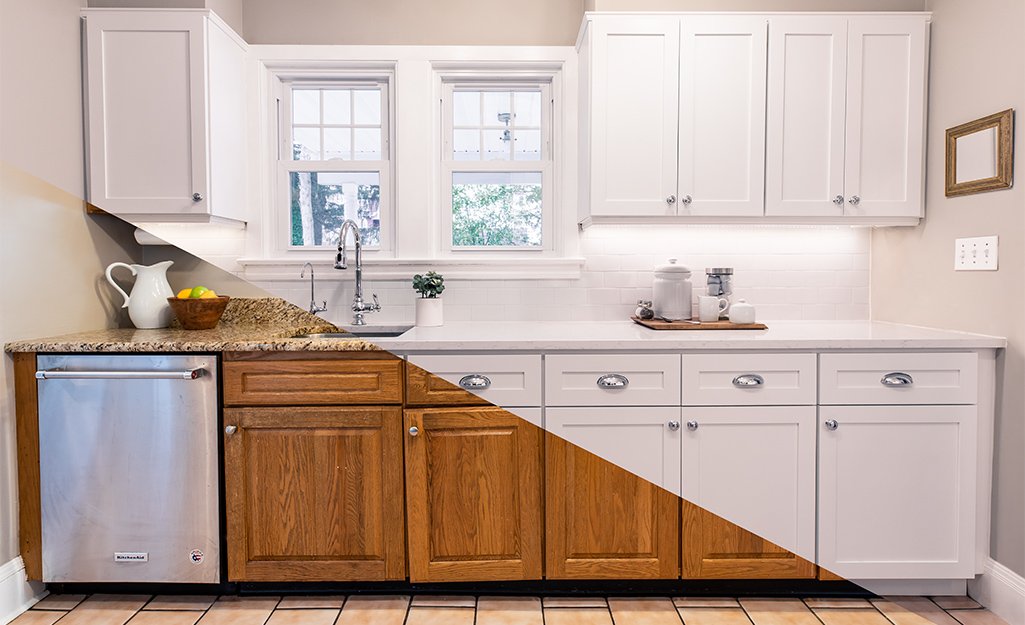
Considerations for Builders and Wholesalers
When working with MDF, there are a few critical considerations to keep in mind to ensure the best results. First, it’s essential to properly seal and finish MDF to protect it from moisture. Using a high-quality primer and paint can significantly extend the lifespan of MDF cabinet doors, especially in areas where moisture might be a concern.
Builders should also consider the long-term durability of MDF. While it can be a cost-effective and aesthetically pleasing choice, it might not be the best option for high-traffic areas or environments where it will be subject to heavy use. In such cases, using MDF for cabinet doors might require more frequent repairs or replacements compared to solid wood.

Alternatives to MDF for Cabinet Doors
While MDF offers several advantages, there are situations where other materials might be more appropriate. Solid wood is an excellent choice for areas that require higher durability and resistance to heavy use. It offers a natural beauty that MDF cannot match, though it comes at a higher cost.
Plywood is another alternative that combines some of the strength of solid wood with the cost-effectiveness of MDF. It’s lighter than MDF and more resistant to moisture, making it a good option for environments where these factors are a concern.
High-Density Fiberboard (HDF) is similar to MDF but denser and stronger. HDF offers better durability and is more resistant to moisture than MDF, making it a good option for applications where MDF might not be sufficient.

Summary
MDF offers a balance between cost and performance, making it a popular choice for cabinet doors in many settings. However, it’s crucial to consider the specific needs of your project, including environmental factors and usage demands. With proper installation and finishing, MDF can be a durable and aesthetically pleasing option for cabinet doors, but it’s essential to weigh the benefits against the potential drawbacks, particularly in high-moisture or high-use environments.



